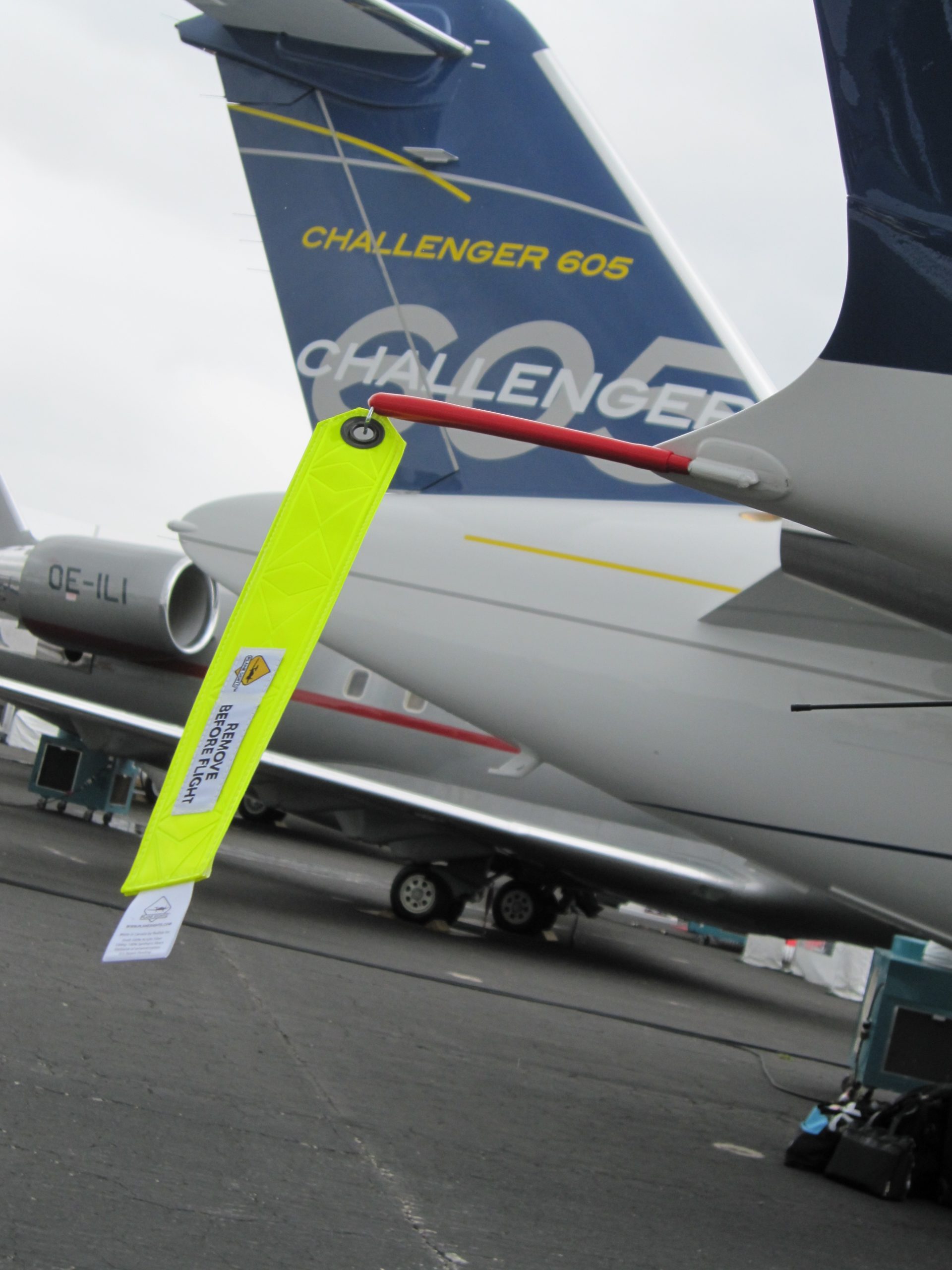Wicks Aircraft - This image of what appears to be "nozzles" has now been shared on social media as evidence of a secret spraying program using commercial aircraft (ie, the "chemtrail" theory).
However, these are static electricity cables, short pieces of wire that attach to the bracket and emit a constant current. Without these wires, static electricity builds up on the wing, and uncontrolled sparks can interfere with communications and navigation equipment.
Wicks Aircraft

The submitted image has a very compelling look. It looks like the threads run the entire length of the wing, but they are actually several meters towards the edge of the wing. The cables are not visible in many photos of the 747-8F, because the plane is so large, the cables are small.
Static Wicks Hi Res Stock Photography And Images
Here is the copyright for the permanent thread. It's basically a piece of steel wire, covered in plastic, less than half an inch thick.
There is actually only one "nozzle" in the picture, however, where the fuel is poured. Because the power point looks like it's in the middle of the shoulder, but it's actually near the end (of the string).
This is where the spirit works. Sometimes planes have to refuel when they return after taking off (or landing in the middle of their destination) due to an emergency.
And here is a picture of the fuel injection with the fixed lines visible, which gives a good sense of scale. This is about the 777.
Answers To Three Random Questions About Flying
I saw these little tubes discussed on the forum in 2009, and this picture was the one discussed.
Prodiax: These fixed lines were also controversial. A man spied on the plane during maintenance and claimed that this system was actually used to release cargo. Information from an Outside Source I looked at the static cables and was directed to the Boeing PDF files to find the supplier in question, HR Smith (Technical Developments) Ltd., and a link to the product page. .
Thanks to @Fin for the original questions. I'll hijack the OP for a more detailed and useful explanation
From the Airbus manual This shows where they are and how many are missing or usable. Airbus calls it a "Static Discharger".
What Physical Tests Are Involved With Verifying A Wing Spar Is Suitably Constructed For A Homebuilt Aircraft, Such As The Piper Cub Kit From Wicks?
Gridlock said: Most things on the plane you are not allowed to lose 1/5…. Interesting, thanks. Click to expand...
It depends on the plane. Somewhere in the design the A-10 is designed to be flown without. It's... It's enlightening.
The aircraft was designed to fly with one engine, one tail, one elevator and half a wing missing.[51] Information from External Source https://en.m.wikipedia.org/wiki/Fairchild_Republic_A-10_Thunderbolt_II
Mick West said: And this is a picture of the fuel tank without the cables, which gives a good sense of scale. This is 777. Click to expand... I found the closest detail in my iPhoto library. Retrieved December 6, 2011 from United Airlines flight 935: This article requires additional citations for verification. Please help improve this article by adding citations to reliable sources. Items not found can be disputed and removed. Find sources: "Static discharger" - news · newspapers · books · Scholar · JSTOR (December 2009) (Learn how to remove this template message and how to remove it)
Pitts Screw Kit
Static liquid wicks, also known as liquid wicks, are devices used to remove static electricity from aircraft. They look like small sticks that extend back from the wings, and are installed on almost all civilian aircraft.
Static precipitation is the electrical charge on an aircraft that results from flying in rain, snow, ice or dust particles. The cost also accumulates due to friction between air and air. Because the air charge is very fine, it comes from the surrounding air. In addition to fixed emitters, the charge exits in large groups through the sharp edges of the aircraft, such as antennas, wing tips, vertical and horizontal stabilizers, and other protrusions. The liquid causes a lot of radio frequency noise from DC to 1000 MHz, which can affect aircraft communications.
To control this discharge, to allow the continuous operation of the system and radio communication systems, fixed drains are installed on the following sides of the plane. These include ailerons (electrically driven), elevators, rudder, wings, vertical and horizontal directions. Fixed emitters are high voltage devices (6-200 megaohm) with low voltage and sharp points on the aircraft structure.

Static liquids are not lightning arresters and do not affect the possibility of an aircraft being struck by lightning. They will not work if the aircraft is not properly maintained. There must be access from all parts of the aircraft to the landing gear, otherwise they will be useless. Access panels, doors, hoods, travel lights, antenna mounts, controllers, etc., can generate static noise if not routed through a fixed cable.
Missing Static Wicks
The "static discharger" part of the aircraft. Note the two sharp metal micropoints and the protective yellow rubber.
The first permanent generators were developed by a joint Navy and Marine Corps team led by Dr. Ross Gunn of the Naval Research Laboratory fitted military aircraft during World War II. They were shown to work well in extreme weather conditions in 1946 by a US Air Force team led by Capt. Ernest Lynn Cleveland.
Wicks aircraft supply co, aircraft static discharge wicks, wicks aircraft and motorsports, wicks aircraft parts, wicks, wicks aircraft catalog, wicks aircraft supply catalog, aircraft static wicks, wicks aircraft supply highland il, wicks aircraft tubing, wicks aircraft supplies, static wicks on aircraft

